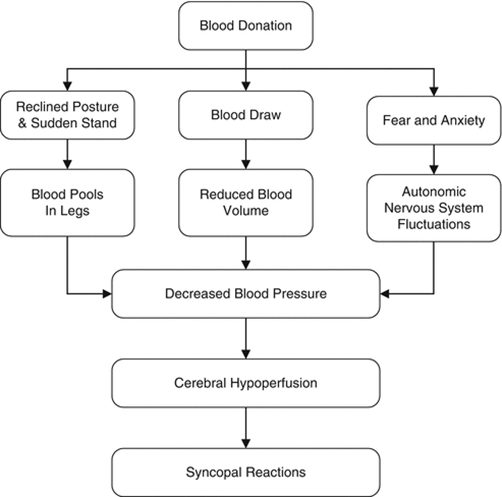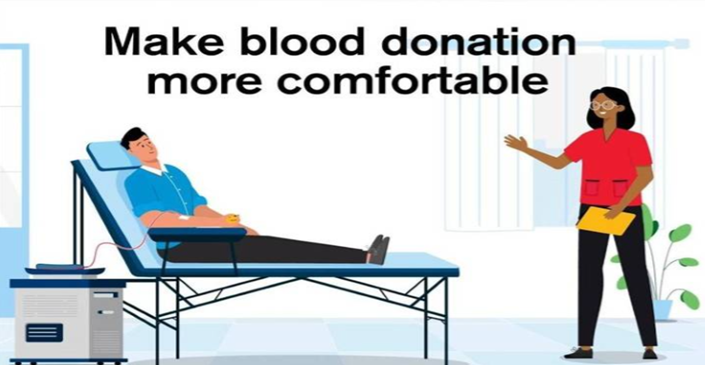
Figure 1: Dr Naqib Wazir donated his blood during a blood donation drive organized by Transfusion Medicine Unit (PPUSM Bertam)



Photo By IPPT
Dr. Alia bt Mohd Nasir (Master of Medicine (Transfusion Medicine)), Dr. Nur Arzuar Bin Abdul Rahim (Pediatrician)
"20 years of celebrating giving: thank you blood donors!" is the theme for this year's 20th World Blood Donor Day (WBDD) celebration. The World Health Organization (WHO) claims that the purpose of the annual worldwide celebration is to honour the voluntary, unpaid service of blood donors in preserving lives, enhancing health and increasing public awareness of the value of blood donation.
The National Blood Centre in Kuala Lumpur reports that blood donors currently make up about 2.3% of the population which is far from the WHO recommendation of 5%. By 2030, our national transfusion medicine services hope to raise the nation's blood donation rate to between 35 and 40 donors for every 1000 people.
A healthy and willing blood donor is the first step toward collecting enough blood in a safe and high-quality manner. We should take precautions during the donation process to ensure a convenient and safe environment for blood donors. Blood donation process places physiological and psychological impact on blood donors (see Figure 2). Blood donation is generally a safe procedure. Nevertheless, any medical procedure cannot be excluded from hundred percent risk free. Some donors experience vasovagal reaction in response to seeing blood or a needle, which could cause harm in the event of a fall.
Blood donation decreases blood pressure which then causes cerebral hypoperfusion and lead to vasovagal reaction such as giddiness, vomiting, fainting and seizures. The procedure of donating blood can be negatively impacted and viewed by a negative donor reaction, especially for young and first-time donors.

Photo By internet source
Figure 2 : France, C., France, J.L. (2013).
Blood Donation. In: Gellman, M.D., Turner, J.R. (eds) Encyclopedia of
Behavioral Medicine. Springer, New York, NY.
One technique that most donors overlook is the application of applied muscle tension (AMT) in order to prevent vasovagal reactions by increasing blood pressure levels through venous output (vascular mechanism) and cardiac output (cardiac mechanism) and eventually leads to brain perfusion.
You can use this technique both at the donation site and after the donor leaves. It is essential that the personnel at the blood collection centre provide instructions and directions.
Application Techniques of AMT
In order to facilitate the return of blood flow to the brain, AMT entails repeated, rhythmic contractions (tensing) and relaxation of the muscles in the hands, upper limbs, chest, abdomen, buttocks, lower limbs, and foot.
When should I perform? Begin prior to blood donation. Continue until the donation is complete; you can also use it after the blood donation. Although there are several approaches, our National Blood Centre recommends 5 seconds of muscular tensing followed by 10 seconds of relaxation. We carry out the process five times for each muscle.
To learn how to use applied muscle tension to help prevent fainting, see the American Red Cross's YouTube video.

Photo By internet source
Figure 3: Applied Muscle Tension Technique (Resource: National Blood Centre Education Notice)
Applied Muscle Tension for Reducing Blood Donor Vasovagal Reactions: A Meta-Analysis of Randomizes is reviewed by JM Ganem et al. Controlled trials published in the Haematology, Transfusion, and Cell Therapy Journal in October 2023 confirmed that AMT is a proven method for lowering vasovagal symptoms after blood donation. In addition to perhaps improving the donor's overall experience, the intervention may raise donor retention rates.
Afif Alam Faizli et al. conducted a local study that demonstrated that AMT was a successful tactic in lowering the incidence of VVR among young blood donors in Kelantan. The National Blood Centre advises donors at high risk of acquiring VVR to implement AMT. The National Blood Centre recommends the application of AMT as a physiological support to minimise vasovagal reaction and prevent its recurrence during the next blood donation.
Furthermore, low blood donation rates are caused by a number of factors, including public misconceptions about the consequences of blood donation, logistical obstacles which demotivates the donors to come and donate, young people's lack of awareness, donors with health conditions such anaemia and heart conditions, and ignorance and fear of blood.

Photo By internet source
Figure 4 : Category of Vasovagal Reaction
in 2020-2021 ( Resource : Hemovigilance Report 2020-2021 National
Transfusion Medicine Service in Malaysia, Published by National
Hemovigilance Coordinating Centre, National Blood Centre (e-ISSN : 2735 -
2277 MOH/P/PDN/02.23(AR)-e)
Involving blood donors in the planning of a blood campaign in collaboration with the relevant blood bank may will encourage them to donate again. A more sustainable blood donation habit and supply could be supported by regular, special events or activities that show gratitude to donors, like WBDD Donor Day, or by celebrating the joyous festival together and regularly reaching out to the public on social media. These activities not only satisfy donors but also promote a channel for efficient and regular communications between donors and transfusion services.
In conclusion, ensuring the safety of blood donors is paramount in fostering a positive and sustainable blood donation culture. By implementing rigorous protocols, providing thorough education, and utilizing techniques like applied muscle tension (AMT), we can significantly reduce the risks associated with blood donation. Prioritizing donor comfort and well-being not only enhances the donation experience but also encourages greater participation and retention. Together, we can foster a safer and healthier society where everyone celebrates and embraces the act of giving blood. Thank you to every blood donor—your generosity makes a profound difference in the lives of many.
We invite everyone to donate blood at PPUSM Bertam, National Blood Centre, Kuala Lumpur, or the respective blood bank in the country! See you there!
